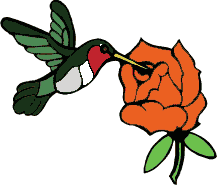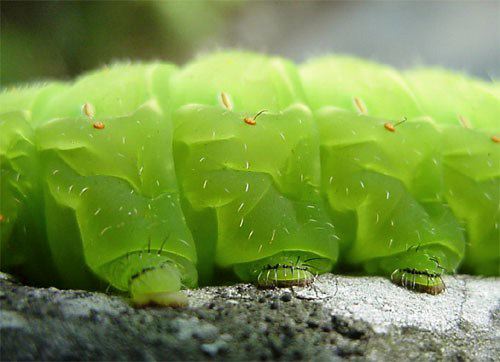|
|
|||
|
THIS WEEK at HILTON POND |
 "HUMMINGBIRD MORNINGS" "HUMMINGBIRD MORNINGS"The final Hummingbird Mornings presentations scheduled for 2002 will be at Brookgreen Gardens south of Myrtle Beach SC on 24-25 August. Click on the image at left for details. |
|
|
|||
|
THIS WEEK at HILTON POND |
 "HUMMINGBIRD MORNINGS" "HUMMINGBIRD MORNINGS"The final Hummingbird Mornings presentations scheduled for 2002 will be at Brookgreen Gardens south of Myrtle Beach SC on 24-25 August. Click on the image at left for details. |
|
If you have recurring nightmares of being consumed by a big green monster, you might not want to stare too long at the photo below, else this surrealistic image taken at Hilton Pond Center is certain to awaken you suddenly in the middle of the night for the next several weeks. But if you're curious as to what this translucent blob might be, read on.  Although the photo does indeed look a little like something out of a spooky Steven Spielberg movie, it's actually a lateral closeup of the caterpillar of a Luna Moth, Actias luna. Found across eastern North America, the Luna Moth (left) is in the Saturniidae, the family that includes Giant Silkworm Moths; Saturnids typically have wings marked by "eyespots"--perhaps an adaptation that scares off potential predators. The eyespots are especially noticeable against the uniform pale green of a Luna Moth's wings (above). Another obvious characteristic of a typical adult Giant Silkworm Moth is its large, feathery "plumose" antennae (below left). Luna Moth caterpillars, which reach lengths of slightly more than 3", are voracious eaters that dine on leaves of hickories, walnuts, birches, Common Persimmon, and Sweet Gum.
If you enjoy "This Week at Hilton Pond," please help Support Hilton Pond Center for Piedmont Natural History. It's painless, and YOU can make a difference! You may wish to consult our Index of all nature topics covered since February 2000. |
|
SPECIES BANDED THIS WEEK NOTABLE RECAPTURES |
WEEKLY BANDING TOTAL YEARLY BANDING TOTAL BANDING GRAND TOTAL |
|
Up to Top of Page Current Weather Conditions at Hilton Pond Center |
|
Hilton Pond Center for Piedmont Natural History |
 post questions for The Piedmont Naturalist |
 Nature Study Network |
Hilton Pond Center |
|
|